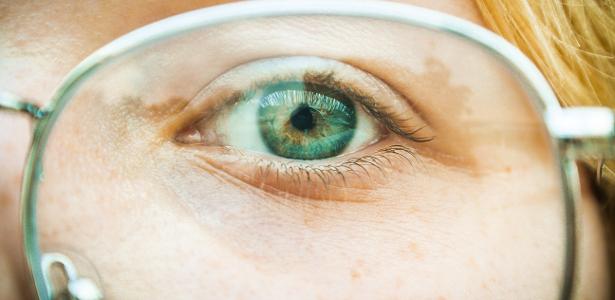
The British Ministry of Defense has unveiled the latest version of the Surgical Advanced Mannequin (SAM). The idea is to use it to train army surgeons, simulating injuries that occur in conflicts – including realistic bleeding.
For those in a hurry:
- The UK Ministry of Defense has introduced the latest version of the Surgical Advanced Manikin (SAM) to train army surgeons;
- The SAM was developed over ten years by orthopedic surgeon Ian Pallister and simulates realistic injuries, including bleeding;
- The model relies on CT scans and 3D-printed molds of specific wounds, such as gunshot wounds and pelvic injuries;
- The SAM device contains “dead” tissue that can be removed during training, and is capable of simulating breathing, vital signs, and intubation;
- The realistic simulation provided by SAM allows for more effective training of surgeons and medical staff in field hospital environments.
The latest version of the SAM was invented and developed by lead civilian orthopedic surgeon Professor Ian Pallister over a period of ten years, and will be used during a highly realistic clinical exercise conducted by the Army Medical Services Training Center (AMSTC, for its acronym in English), which simulates a field hospital for casualties.
Read more:
The SAM models, which have been launched aboard Royal Navy ships and deployed in terrestrial environments, are the result of years of continuous redesign and development, and these cutting-edge innovations would not have been possible without the close collaboration of colleagues in the Defense Medical Service and the Defense Science and Technology Laboratory.
Professor Ian Pallister, inventor of the realistic mannequin
(Very) realistic mannequin
Training dummies have been around for a long time. Since 1967, when the Sim One robot was developed to teach anesthesiologists, simulation mannequins that can simulate symptoms with increasing realism have been used to train doctors, surgeons, nurses, paramedics, emergency medical technicians and first responders.
In the case of SAM’s newest version, realism is due in part to the doll’s design, which relies on CT scans and 3D-printed casts of specific wounds — including: gunshot wounds and pelvic injuries, SAM reported. UK Government.
Traditionally in AMSTC, we use the actor as a live victim in make-up to provide a list of symptoms and injuries. Professor Pallister’s model very realistically simulates combat wounds requiring surgical intervention.
Colonel Johnny Round, Clinical Advisor for Hospital Care Operations, British Army Medical Services Training
In practical terms, this means that it will be possible to simulate on the mannequin: breathing, various vital signs, and intubation. All while the doll looks like a realistic battlefield victim.
The realism of SAM reaches a point where it contains “dead” tissue that the surgeon can remove during training. He also bleeds in a human way (such as simulating arterial bleeding).
“Surgeons have the opportunity to perform operations, and the entire team is trained in a field hospital that simulates the environment in which they will be deployed. We are very proud that through this training, we can provide highly qualified medical teams for operations,” concludes Colonel Johnny Round.

“Friendly zombie guru. Avid pop culture scholar. Freelance travel geek. Wannabe troublemaker. Coffee specialist.”

:strip_icc()/i.s3.glbimg.com/v1/AUTH_59edd422c0c84a879bd37670ae4f538a/internal_photos/bs/2023/C/5/A4lWrPQSSw0QsBXkdijQ/greve-medicos.jpg)



